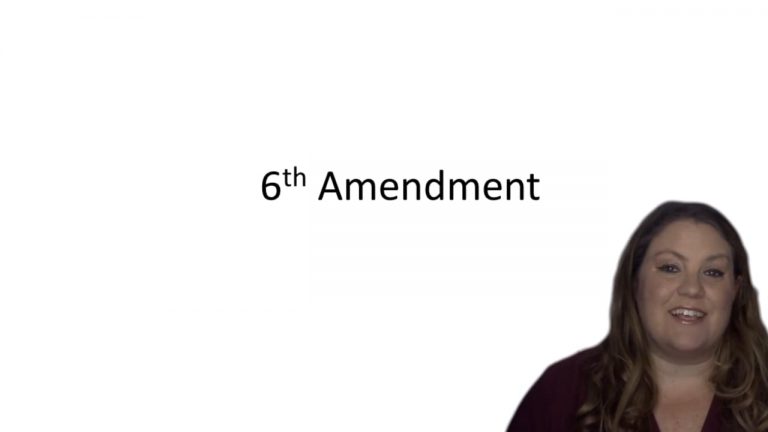SmartBrief
Confirm favorite deletion?
Criminal Procedure Keyed to Ohlin
United States v. Lovasco
Citation:
431 U.S. 783 (1977)Facts
On March 6, 1975, respondent was indicted for possessing eight firearms stolen from the United States mails, and for dealing in firearms without a license. The offense was alleged to have occurred between July 25 and August 31, 1973, more than 18 months before the indictment was filed. Respondent moved to dismiss the indictment due to the delay. To establish prejudice to the defense, respondent testified that he had lost the testimony of two material witnesses due to the delay. The first witness died more than a year after the alleged crimes occurred. The second witness died eight months after the crimes were completed. Following the hearing, the district court found that the Government had all the information relating to defendant’s alleged commission of the offenses charged against him, and that the 17-month delay before the case was presented to the grand jury had not been explained or justified and was unnecessary and unreasonable.
Only StudyBuddy Pro offers the complete Case Brief Anatomy*
Access the most important case brief elements for optimal case understanding.
*Case Brief Anatomy includes: Brief Prologue, Complete Case Brief, Brief Epilogue
- The Brief Prologue provides necessary case brief introductory information and includes:
Topic:
Identifies the topic of law and where this case fits within your course outline.Parties:
Identifies the cast of characters involved in the case.Procedural Posture & History:
Shares the case history with how lower courts have ruled on the matter.Case Key Terms, Acts, Doctrines, etc.:
A case specific Legal Term Dictionary.Case Doctrines, Acts, Statutes, Amendments and Treatises:
Identifies and Defines Legal Authority used in this case.
- The Case Brief is the complete case summarized and authored in the traditional Law School I.R.A.C. format. The Pro case brief includes:
Brief Facts:
A Synopsis of the Facts of the case.Rule of Law:
Identifies the Legal Principle the Court used in deciding the case.Facts:
What are the factual circumstances that gave rise to the civil or criminal case? What is the relationship of the Parties that are involved in the case.Issue(s):
Lists the Questions of Law that are raised by the Facts of the case.Holding:
Shares the Court's answer to the legal questions raised in the issue.Concurring / Dissenting Opinions:
Includes valuable concurring or dissenting opinions and their key points.Reasoning and Analysis:
Identifies the chain of argument(s) which led the judges to rule as they did.
- The Brief Prologue closes the case brief with important forward-looking discussion and includes:
Policy:
Identifies the Policy if any that has been established by the case.Court Direction:
Shares where the Court went from here for this case.

 4m 2s
4m 2s